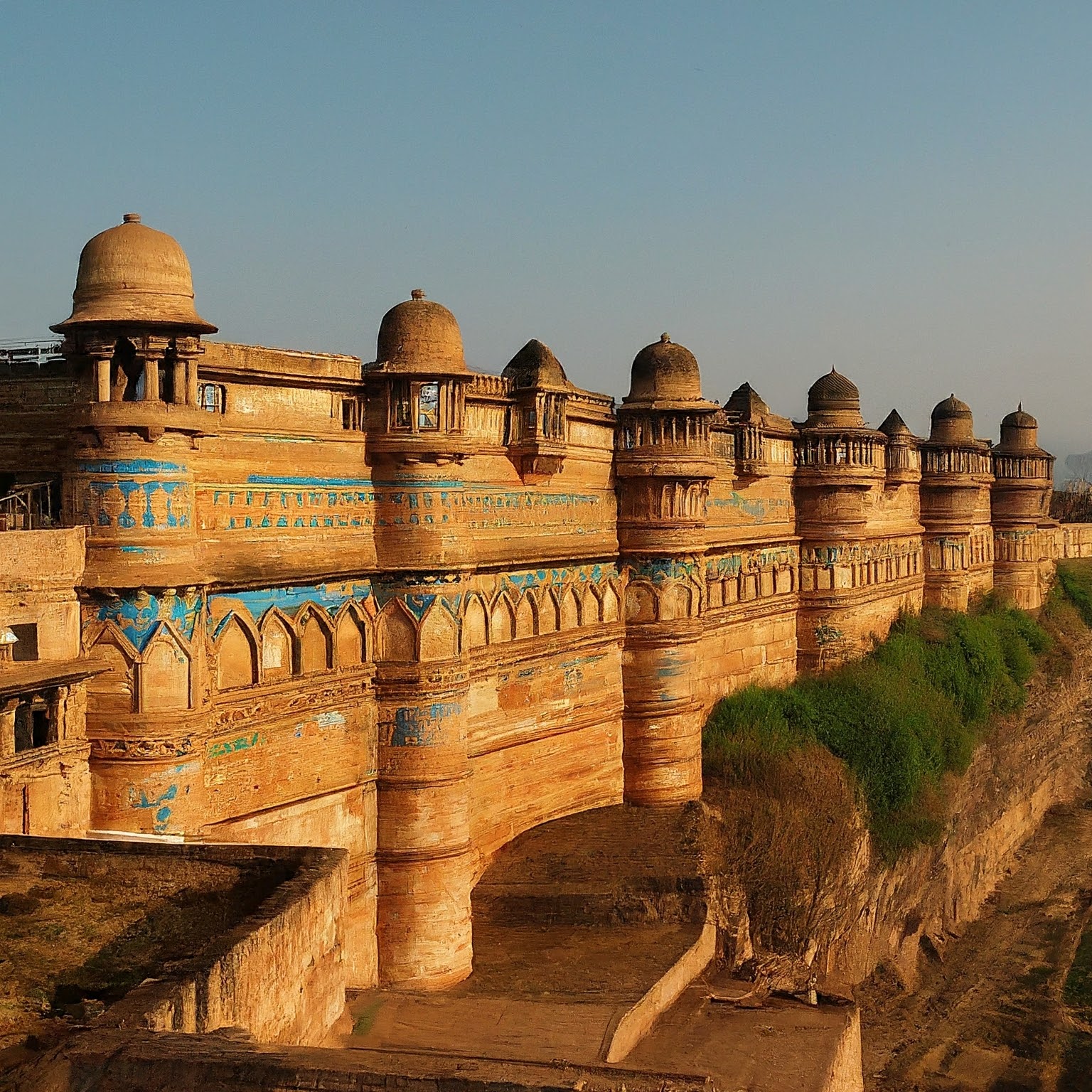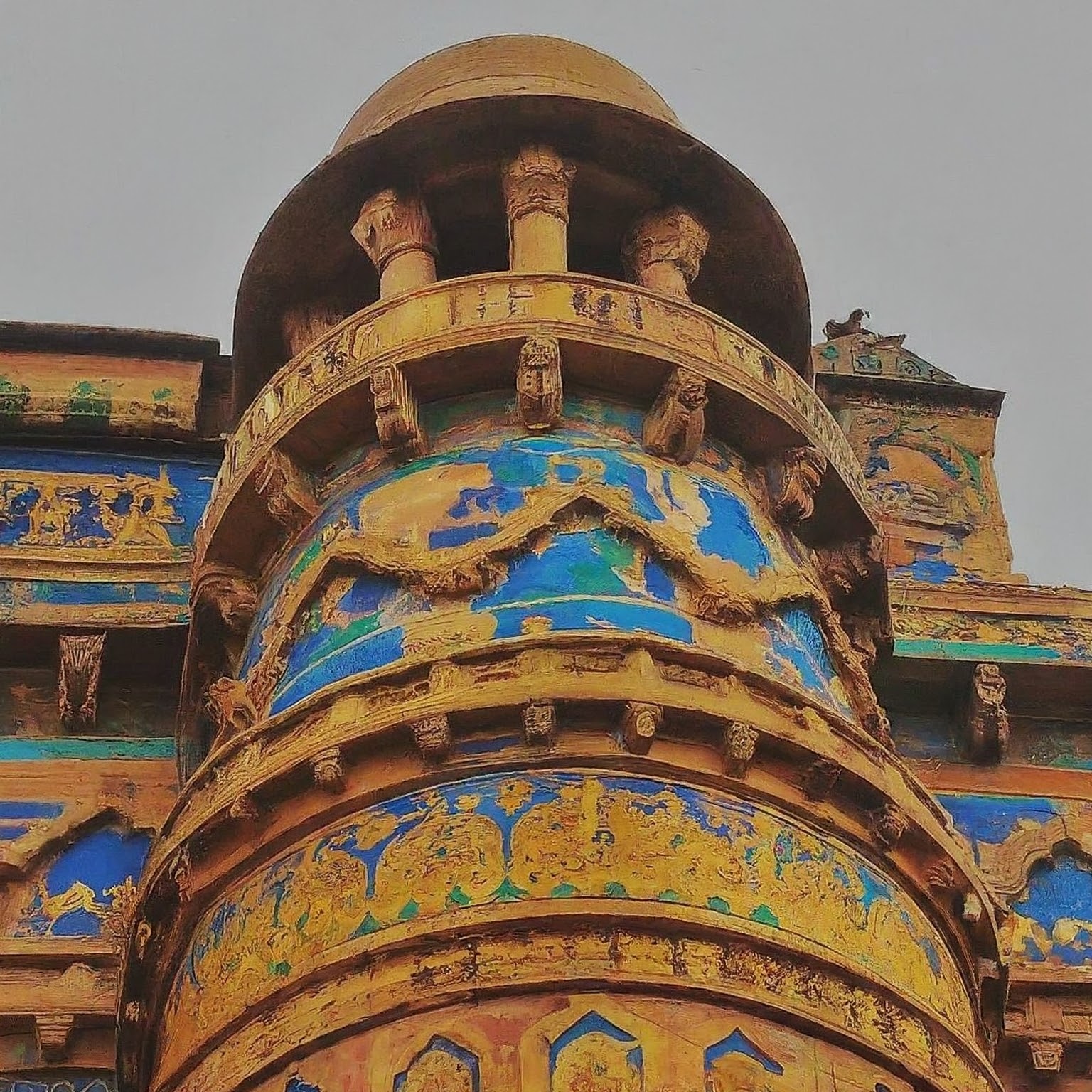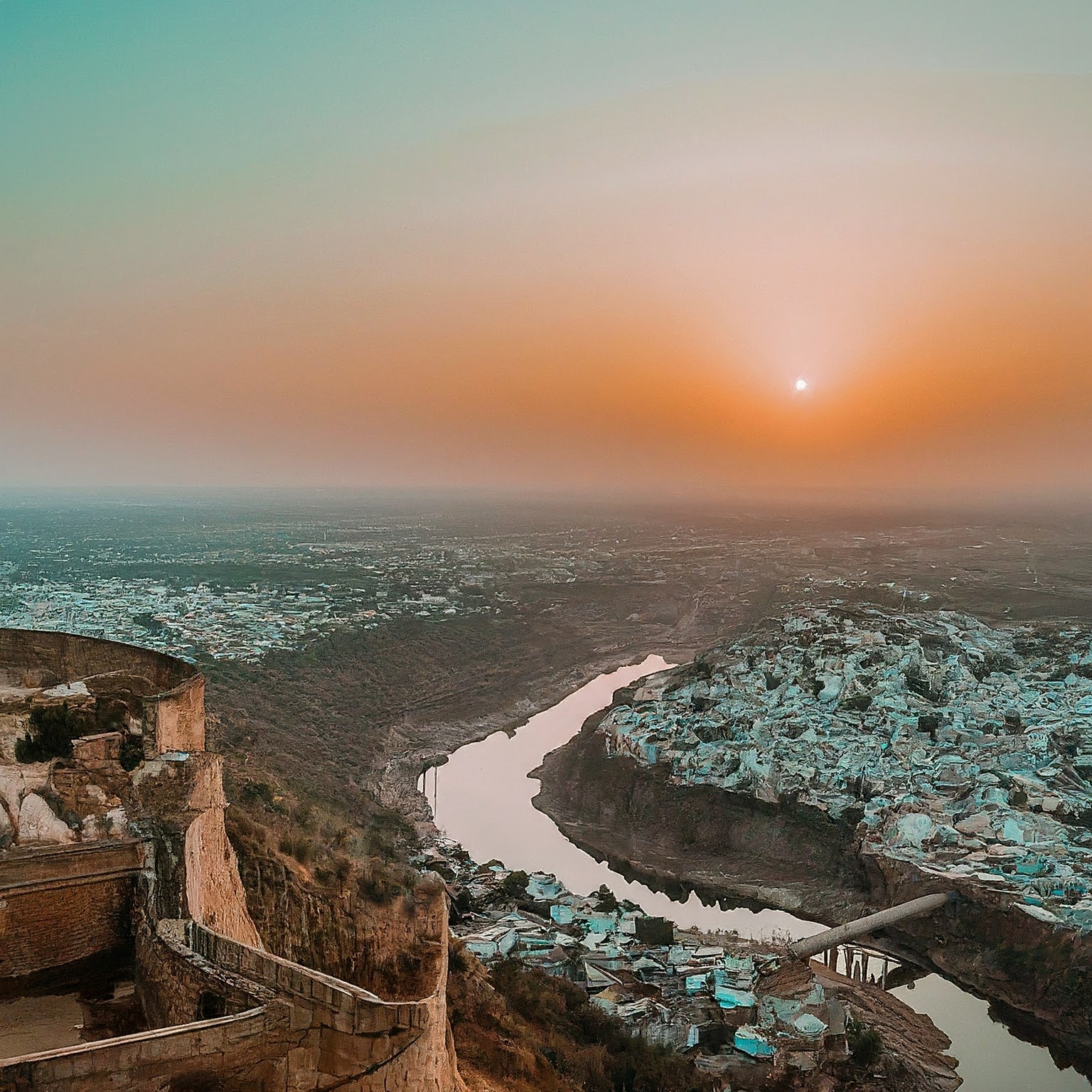Gwalior
Title: Explore the Historic Charm of Gwalior, India: A Traveler's Guide
Nestled in the heart of the culturally rich state of Madhya Pradesh, Gwalior is a city that exudes history, royalty, and architectural marvels. Known for its majestic fort, intricate palaces, and vibrant culture, Gwalior offers a mesmerizing blend of the ancient and the modern. Let's embark on a journey through this enchanting city and explore its popular attractions.
**Gwalior Fort**: Standing proudly atop a steep hill overlooking the city, Gwalior Fort is a magnificent fortress that has witnessed centuries of history unfold. Built in the 8th century by Raja Suraj Sen, the fort has been ruled by various dynasties, including the Tomars, Mughals, and Marathas. Visitors can marvel at its imposing walls, intricate architecture, and breathtaking views of the surrounding landscape. Don't miss the iconic Man Singh Palace, the Teli Ka Mandir, and the Sas Bahu Temples nestled within the fort complex.
**Jai Vilas Palace**: Experience the grandeur of Gwalior's royal heritage at the Jai Vilas Palace, a stunning architectural marvel built during the reign of Maharaja Jayaji Rao Scindia in the 19th century. The palace boasts of lavish interiors adorned with ornate chandeliers, exquisite furniture, and an impressive collection of artifacts. The highlight of the palace is the Scindia Museum, which showcases rare manuscripts, weaponry, and the world's largest chandelier.
**Sas Bahu Temple**: Dedicated to Lord Vishnu, the Sas Bahu Temple is a masterpiece of ancient Indian architecture. Dating back to the 9th century, these twin temples are adorned with intricate carvings, depicting scenes from Hindu mythology. The larger temple, known as the Sas Temple, features an elaborately carved ceiling, while the smaller Bahu Temple boasts of exquisite craftsmanship.
**Tansen's Tomb**: Pay homage to one of India's greatest musicians, Tansen, at his tomb located near the Behat Gate. Tansen, a legendary figure in Indian classical music, served as one of the nine gems (Navaratnas) in the court of Emperor Akbar. The tomb is a serene spot surrounded by lush gardens, where music enthusiasts often gather to pay their respects to the maestro.
**Gujari Mahal Archaeological Museum**: Delve into the rich history and culture of Gwalior at the Gujari Mahal Archaeological Museum, housed within the Gujari Mahal Palace. The museum showcases a diverse collection of artifacts, including sculptures, inscriptions, and archaeological finds dating back to the 1st and 2nd centuries BCE. Highlights include the famous 9th-century statue of Shalabhanjika and intricately carved panels from nearby archaeological sites.
**Gwalior Zoo**: Escape into nature at the Gwalior Zoo, also known as the Gandhi Zoological Park. Spread across lush greenery, the zoo is home to a variety of flora and fauna, including rare species of birds, mammals, and reptiles. Visitors can enjoy leisurely strolls amidst scenic surroundings and observe animals in their natural habitats.
**Shopping and Cuisine**: No trip to Gwalior is complete without indulging in its vibrant shopping and culinary delights. Explore the bustling markets of Sarafa Bazaar and Patankar Bazaar, where you can shop for traditional handicrafts, textiles, and jewelry. Don't forget to savor the local delicacies such as Kachoris, Bedai, and Gajak, which are sure to tantalize your taste buds.
With its rich history, architectural splendors, and cultural vibrancy, Gwalior offers a captivating journey through time. Whether you're a history buff, an architecture enthusiast, or a nature lover, this historic city has something to offer for everyone. Plan your visit to Gwalior and immerse yourself in the timeless charm of this enchanting destination.


